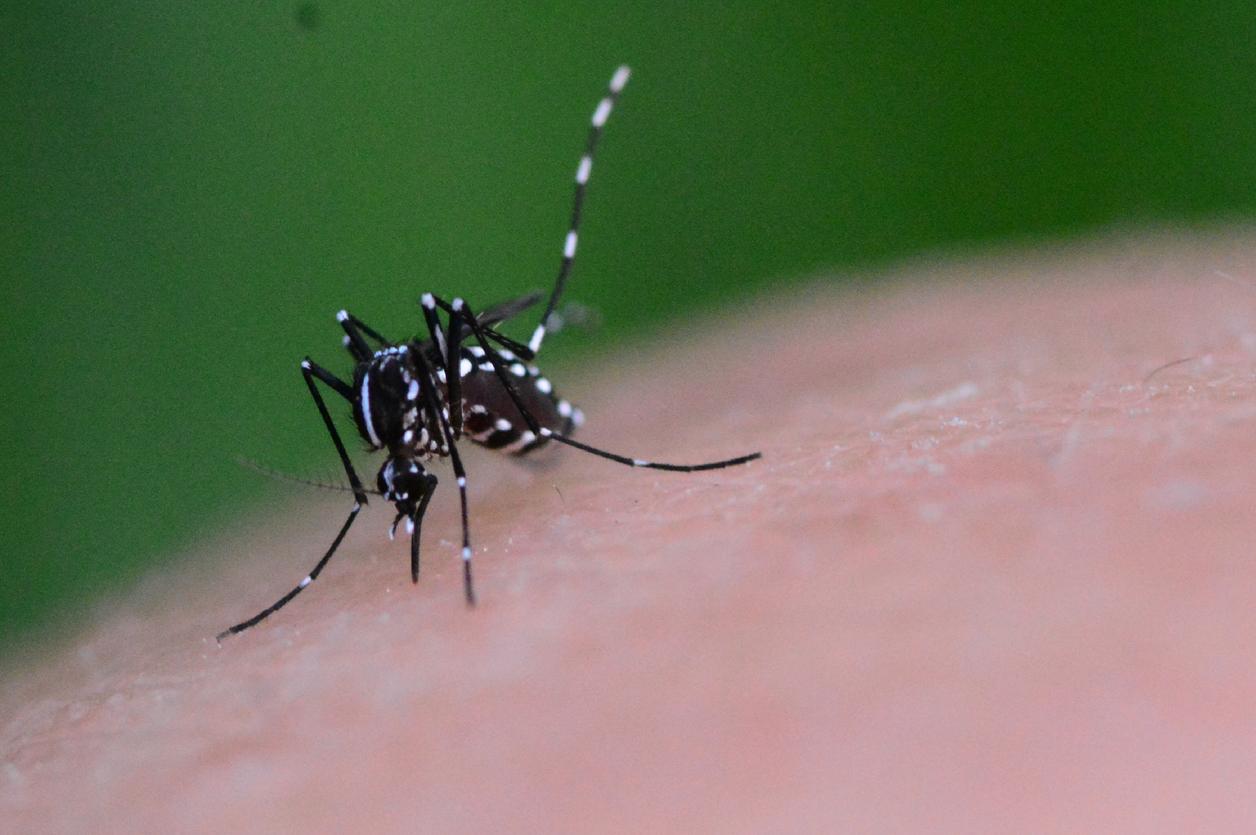Legionnaires’ disease is a serious lung disease caused by bacteria.

- Legionnaires’ disease is a potentially fatal disease caused by a bacteria called Legionella.
- Cases of Legionnaires’ disease exploded in France last year.
- “In 2023, 2,201 cases of Legionnaires’ disease were notified in France by the system of notifiable diseases. This number of cases was an increase compared to that of 2022 (16%) and exceeded the record number reached in 2018 (2,133 cases )”, indicates Public Health France.
According to a new report from Public Health France, cases of Legionnaires’ disease are increasing significantly in France.
Legionnaires’ disease: +16% of cases in 2023
“In 2023, 2,201 cases of legionellosis were notified in France by the system of notifiable diseases”, begins the report. “This number of cases was increasing compared to that of 2022 (+16%) and exceeded the record number reached in 2018 (2,133 cases)”, he continues.
“Among these 2,201 cases, 29 cases were residents of overseas departments/regions and 29 cases were foreign nationals diagnosed in France,” also reports the health agency. “Since 2017, the number of reported cases of legionellosis remains high and the lethality is not decreasing,” she adds.
Overall, the characteristics of Legionnaires’ disease cases occurring in 2023 remain comparable to those of previous years. “However, we observe an increase in the median age of cases between 2010 and 2023, a trend mainly driven by men,” details the report. Of the 2,201 cases, 41% had treatment or an immunosuppressive pathology and 36% were smokers.
Given this data, public health experts conclude: “it is essential to maintain a quality surveillance system with declaration of all cases without delay, coupled with a methodical and reactive investigation making it possible to limit the number of cases which could be linked to the same source of contamination”.
What are the symptoms of Legionnaires’ disease?
Legionnaires’ disease is a potentially fatal disease caused by a bacteria called “Legionella”.
When Legionella does not infect the lungs, the pathology manifests itself in the form of a flu-like illness (fever, headache, muscle pain, etc.) and heals spontaneously within a few days. But theWhen it reaches our respiratory system, the microorganism causes much more serious damage.
After an incubation period of 2 to 10 days, the first symptoms again resemble the flu: fever, dry cough, etc. The patient may also experience feelings of malaise and loss of appetite. “Some patients may also present with abdominal pain (nausea, vomiting, diarrhea), accompanied by neurological disorders (altered consciousness such as confusion up to coma) as well as muscle pain. Blood may appear following coughing” , specifies the Pasteur Institute.
If left untreated, the disease can progress to irreversible respiratory failure and cause acute kidney failure, which is often fatal.
“The recent emergence of Legionnaires’ disease in our modern societies can be explained by its affinity for modern water supply systems”, concludes the Pasteur Institute.

















